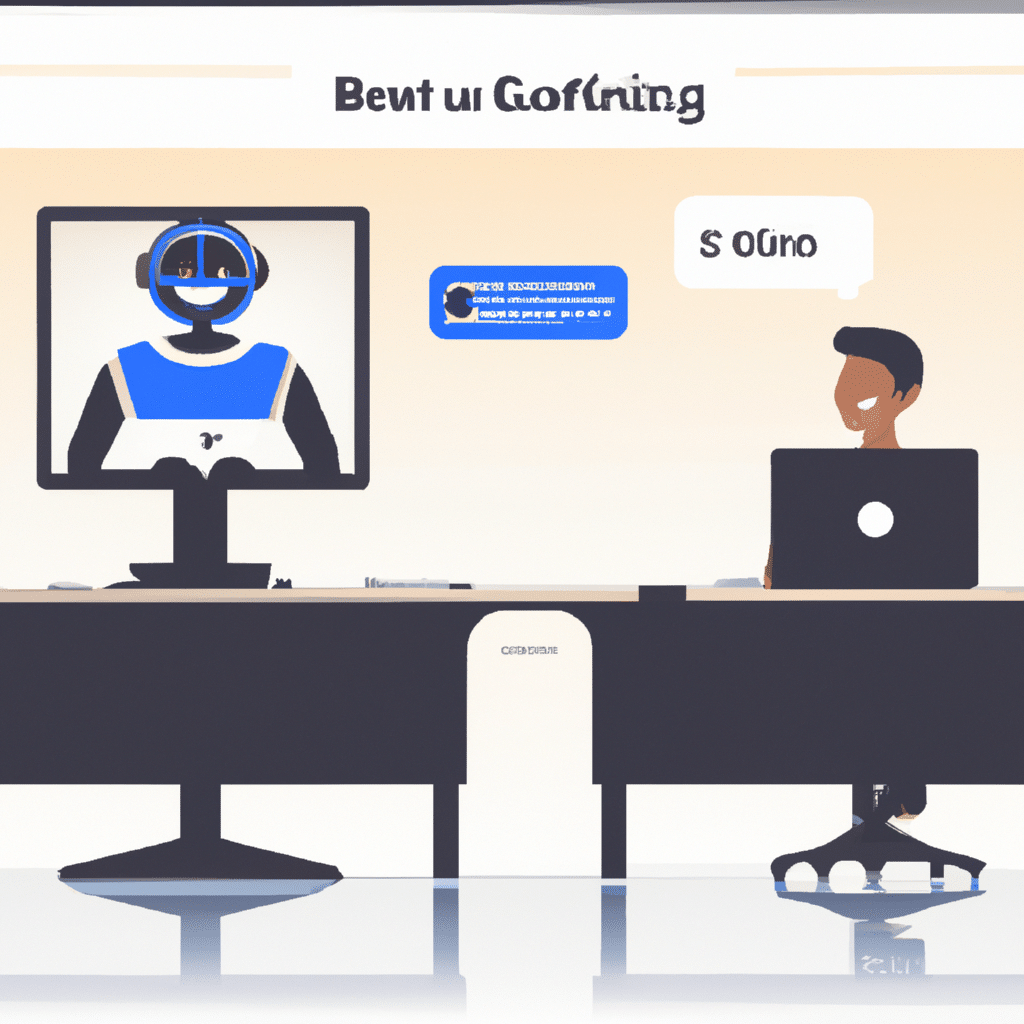The Benefits and Drawbacks of Using Chatbots in Customer Service
In recent years, chatbots have become increasingly popular as a customer service tool. These AI-powered tools can help businesses provide fast and efficient support to their customers. However, chatbots are not without their drawbacks. In this article, we will explore the pros and cons of using chatbots in customer service.

The Benefits of Chatbots in Customer Service
1. 24/7 Availability
One of the main benefits of using chatbots for customer service is that they are available 24/7. This means that customers can get help whenever they need it, even outside of business hours. This can improve customer satisfaction and loyalty, as customers appreciate being able to get help quickly and easily.
2. Faster Response Times
Another benefit of chatbots is that they can provide fast response times. Unlike human customer service representatives, chatbots can handle multiple conversations simultaneously. This means that customers don’t have to wait in a queue to get help, and they can get their questions answered quickly.
3. Cost-Effective
Chatbots are also cost-effective. Once a chatbot is set up, it can handle a large volume of customer inquiries without the need for additional staff. This can save businesses money on staffing costs, and also improve efficiency.
4. Consistency
Chatbots are programmed to provide consistent responses to customer inquiries. This means that customers can expect the same level of service every time they interact with the chatbot. Consistency is important for building trust with customers, and can also improve the overall customer experience.
The Drawbacks of Chatbots in Customer Service
1. Limited Understanding
One of the main drawbacks of chatbots is that they have a limited understanding of human language. While chatbots have come a long way in recent years, they still struggle to understand complex questions or requests. This can lead to frustration for customers, who may not get the answers they need.
2. Lack of Personalization
Another drawback of chatbots is that they lack personalization. Chatbots are programmed to provide pre-defined responses to customer inquiries, which can feel impersonal. This can be a turn-off for customers who prefer a more personalized experience.
3. Inability to Handle Complex Issues
Chatbots are great at handling simple customer inquiries, but they struggle with more complex issues. If a customer has a problem that requires a nuanced solution, a chatbot may not be able to provide the necessary support. This can lead to frustration for customers, who may feel like they are not getting the help they need.
4. Potential for Misunderstandings
Finally, chatbots have the potential for misunderstandings. If a customer asks a question that the chatbot doesn’t understand, it may provide an incorrect or irrelevant response. This can lead to confusion and frustration for the customer, and may even damage the business’s reputation.
Conclusion
In conclusion, chatbots can be a valuable tool for customer service. They provide fast and efficient support, and can save businesses money on staffing costs. However, chatbots also have their drawbacks. They have a limited understanding of human language, lack personalization, and struggle with complex issues. Businesses should carefully consider the pros and cons of using chatbots before implementing them in their customer service strategy. By doing so, they can provide the best possible customer experience and improve customer satisfaction and loyalty.












